
Thousands of years ago, the inhabitants of the Earth raised impressive stone works in different parts of the planet. Some of them are preserved today and are what we call megalithic monuments , archaeological sites that hide a large number of mysteries and unknowns that historians have not been able to explain for sure: How were they built? What were they made for? Why did they choose those enclaves? What we can say with certainty is that many of these stone monuments have a special magic, especially at certain times of the day, such as sunrise or sunset.
Today at Vuela Viajes we want to tell you about five of the most spectacular megalithic monuments that can be found throughout the planet. They are proposed to us from the National Geographic website. Would you like to join us?
Stonehenge, Great Britain
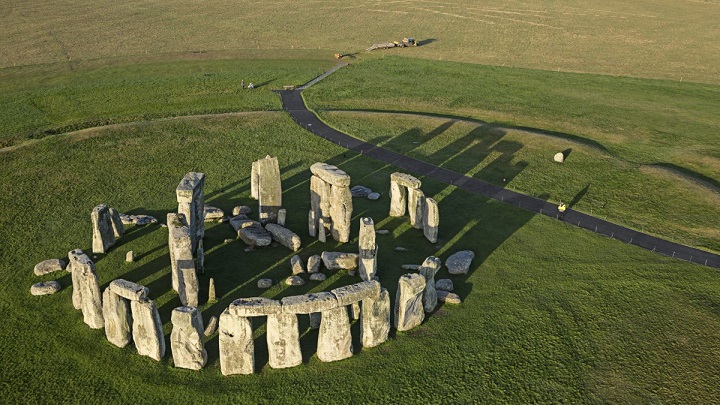
How could it be otherwise, we have to start by talking about Stonehenge, the most famous megalithic monument in the world. It is located on the Salisbury plain, in the county of Wiltshire (England). The monument is made up of huge blocks of metamorphic rocks that stand in the shape of a circle on a green mound. It is known that over a thousand years ago, when it was built, Stonehenge was part of a larger complex. Of course, what is unknown is what its purpose was and why the place was abandoned 1,500 years later. Different options are considered: a funerary monument, a religious temple, an astronomical observatory …
Carnac, France
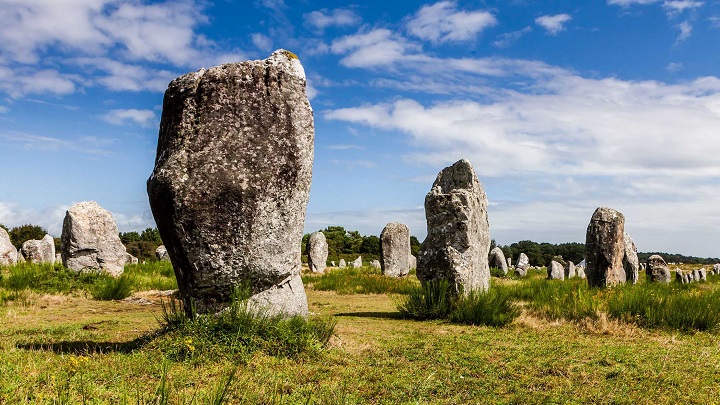
From Great Britain we moved to France, and more specifically to the Brittany region, where the Carnac Alignments are located, considered the most extensive prehistoric monument in the world. Erected during the Neolithic period (between the 5th and 3rd millennia BC) in the current town of Carnac, it is made up of 4,000 rocks that extend over 40 hectares and four kilometers in length. Most experts agree that it was an astronomical observatory , although there are other versions of its function.
S’Ena E Thomas, Sardinia
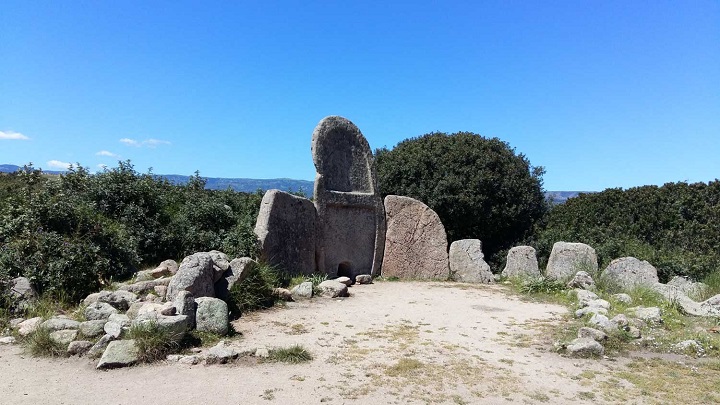
We are still in Europe to tell you about the Tombs of the Giants, funerary monuments from the Nuragic era (in the Middle Bronze Age), which are found throughout the island of Sardinia. Unique in Europe, of all these buildings with a rectangular plan with an apse , the tomb of S’Ena E Thomas stands out, which is located in Dorgali and is one of the most visited. In addition, on the island you can also find the conical nuraghi towers, a word that means "heap of earth" in Sardinian.
Ggantija, Gozo
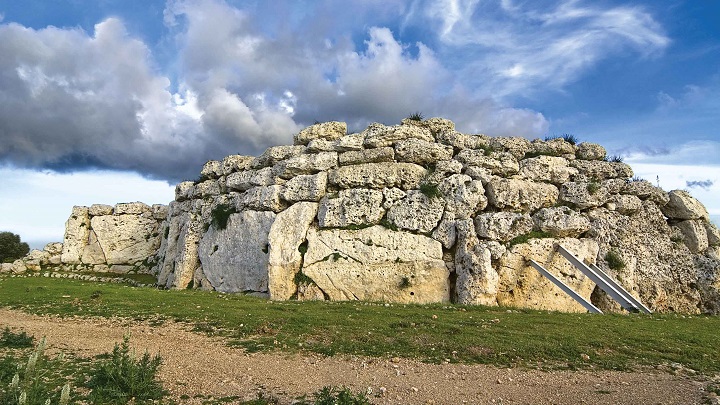
Of the seven megalithic temples that can be found in Malta, we want to highlight the two Ggantija temples, which are located in Xaghra, on the island of Gozo. These are two gigantic structures built during the Neolithic (they predate Stonehenge), which had a religious function. It is surprising that they survived without being demolished, buried or looted. According to historians, the temples were dedicated to Mother Earth, Goddess of Fertility.
Naveta des Tudons, Menorca
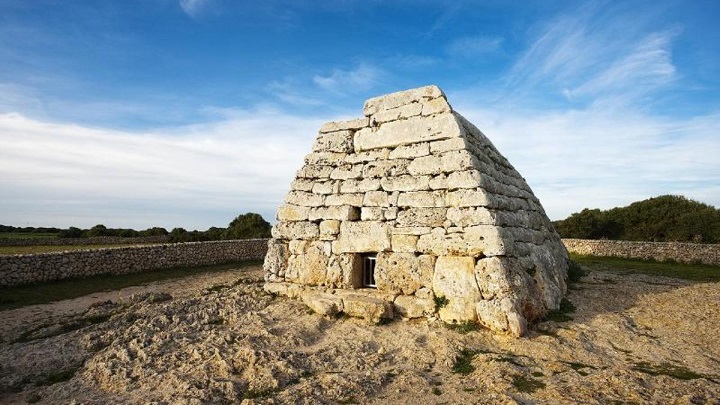
Finally, from National Geographic they propose the Naveta des Tudons, which is located between Ciudadela and Ferrerías, in Menorca. Considered the oldest fully preserved building in Europe, this funerary construction that was erected between 1,200 and 750 BC is open to the public for visitation and, in fact, is one of the most important tourist attractions of the Mediterranean island, which it has more than 1,600 prehistoric monuments. According to historians, it was a collective tomb, since the rest of at least 100 people and objects from their funerary deposits were discovered.
